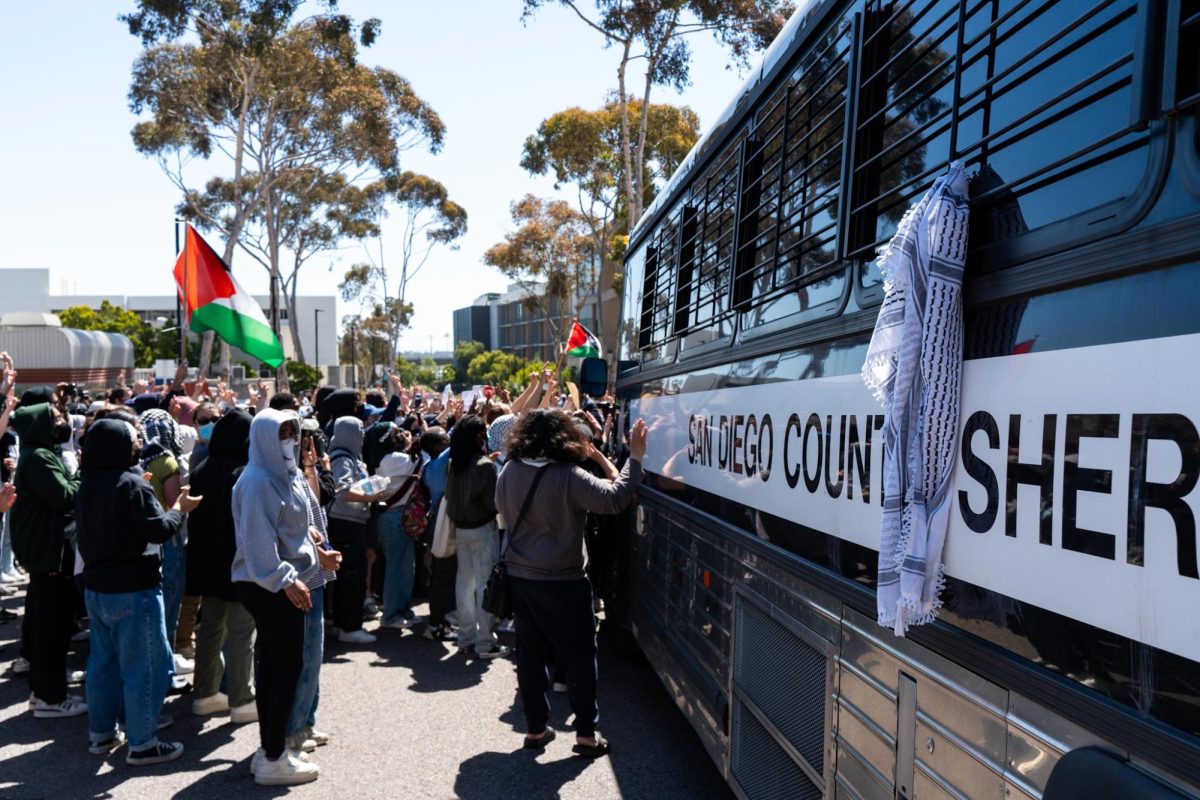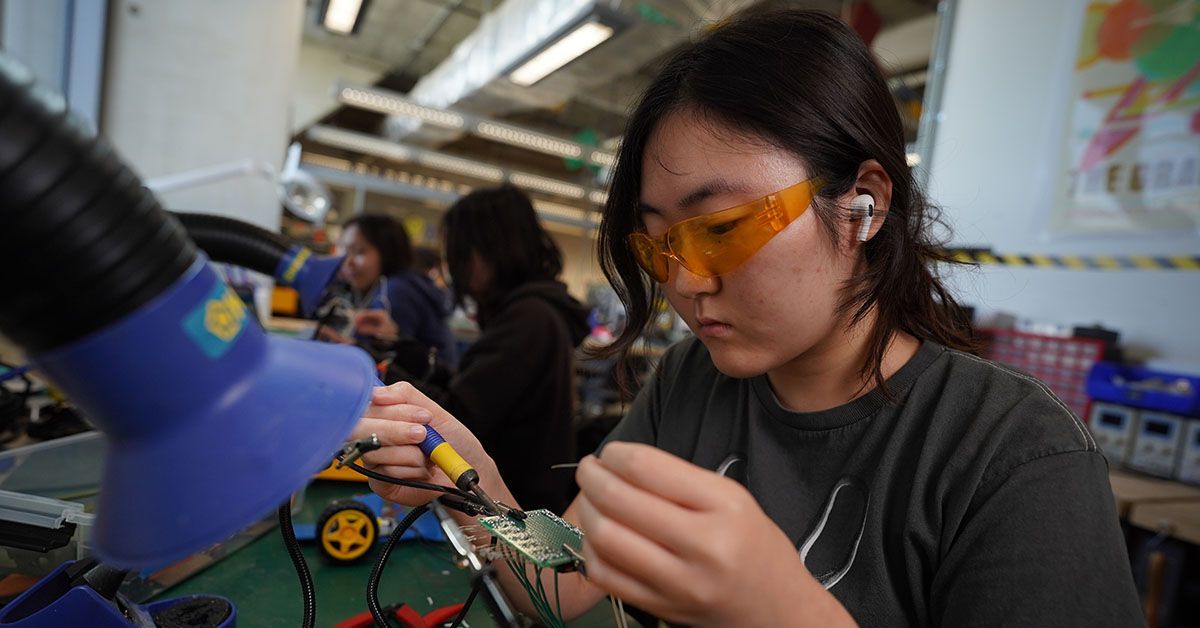Voting presents the opportunity for the American people to vocalize their hopes for the future of their country, and this upcoming election presents many Americans with the privilege of being able to vote. As monumental and empowering as it is to practice this civic duty, to ensure that Americans are able to accurately cast their ballot they need to first become educated voters. While there are many requirements necessary to fill out your ballot, that is unfortunately not the only facet of approaching voting you need to be aware of, especially if you are a first-time voter. Now that you are able to vote, outside forces can now attempt to prevent you from doing so. This is called voter suppression and it is being employed to sway the outcome of the election.
Voter suppression can dennotiavely be defined as the effort, either legal or illegal, by ways of law, administrative rules, and/or tactics that prevents eligible voters from voting. This has been happening throughout the current presidential campaign and in fact, it is not a new concept. Have you ever seen a post on social media urging a certain community to boycott voting as a means to demonstrate dissatisfaction with the American government? That’s an attempt at voter suppression. Have you ever seen flyers that have claimed that large voter turnouts would constitute two separate voting days for both democratic parties? That is also attempted voter suppression. Have you heard about ballot drop boxes being set on fire? Well, that, too, is attempted voter suppression.
While some methods of voter suppression are more apparent than others, as a first time voter it is essential to the success of your voting experience that you are able to recognize fallacious comments and efforts grounded in the interest of a political party, because that will make the difference between you being able to correctly cast you ballot and falling victim to voter suppression. Those who intentionally engage in suppressing the American people’s vote fall along a spectrum from average citizens to well known political figures. A prominent figure within the space of voter suppression has been none other than President Donald Trump.
President Trump has very prominently vocalized a distrust in mail-in ballots, claiming that ballots will be discarded simply for the sake of rejecting them. Although it is inaccurate, President Trump does allude to an important point. In the primaries for this year alone, roughly 500,000 ballots were rejected in 23 states. For most ballots that are invalidated, the justification is normally one of two reasons: ballots having arrived late or being improperly filled out. Yes, President Trump was not necessarily wrong. However, he presented this fact in a manner that can evoke fear amongst voters and make them believe that their ballot is at risk for rejection for unsubstantiated reasons. What President Trump should have done is emphasized the importance of Americans educating themselves on their state’s requirements for ballots to be properly filled out. If Americans know how to logistically approach casting their ballots, there would be less room for error and for their ballots to be rejected. Regardless of President Trump’s intentions with discrediting mail-in ballots, his comments may prove detrimental, as they present mail-in voting as an unreliable voting alternative. Since there is a highly contagious virus restructuring daily life, mail-in voting offers a safer alternative to many Americans, so if the President of the United States uses his platform to invalidate this option, some voters who can not vote in person may become discouraged about how influential their individual vote is.
Disproving comments made about the method in which Americans vote are not the only means of potentially suppressing the vote. In fact, voter suppression also comes in the form of subtle encouragement from the president to groups known to enlist their members for violence. During the first 2020 presidential debate, President Trump urged his supporters to “watch” what occurs at polling stations. This is potentially voter suppression because many Trump supporters have engaged in violence in the name of Trump. It was found that there have been 54 cases of violent acts on the basis of defending and honoring President Trump’s name. What feeding into these groups does, especially by the person they hold to such a high regard, is positively reinforce their behavior, and further perpetuates a “them versus us’ mentality amongst Americans who both do and do not support Trump.
While Trump supporters cannot legally stand within polling places and watch anyone vote, there are laws, each varying by state, that permit standing a given number of feet from a polling station. In California, protestors are able to stand 100 feet from where voting occurs; for context, lanes in urban areas are 10 feet. While neither of these facts constitutes voter suppression, they do create a space for those who follow Trump’s rhetoric to potentially see this as an opportunity to safeguard the Trump agenda. Trump’s “watch” what happens at the polls mentality comes off as wishful thinking, almost as if he is calling his supporters to take on the task of being unauthorized polling workers.
As unsettling as President Trump’s comments have been, his distrust in the mail-in ballots and encouragement to violent organizations are only a couple examples of detrimental comments that have been made this election season; in fact, it gets more disturbing. Some organizations that stand in alliance with the Republican party have insisted that early voting data be used to identify individuals for the purpose of collecting debt. What makes claiming debt collection immensely unnerving is that most individuals with an outstanding debt balance happen to not fall within the upper socioeconomic class; additionally, this assertion of debt collection is well spread in areas with a large Black demographic. That makes these claims not only classist, but racist. A fear tactic that stifles the influence of the lower class and minority groups in an election where they can vote on propositions that can potentially lessen the already unpropritionaly high levels of stress they endure is indicative of the fact that those who aim to suppress voters do not really care about these communities. Rather, those who suppress the American vote, whether they be a politician or another voting American, are primarily focused on their own self-interest. That is why it is so vital for all voters, especially first-time, to educate themselves on how to properly cast their ballot.
These comments are merely skimming the surface of voter suppression. There are countless other attempts that present themselves in resourcefully manipulative manners. What this means for voters is that it is increasingly important to make sure you are aware of every piece of information you believe can influence how you approach voting in this year’s election. If you have questions regarding how to fill out your ballot, check your state’s requirements. If you do not know how to distinguish between third party, unofficial ballot drop boxes and authentic ones; check your secretary of state’s website. For all voting Americans, especially those who have only been afforded this opportunity after years of protests and advocacy, it is vital that you remain knowledgeable of ballot requirements and drop box locations; don’t let misinformation reclaim your right to vote.
Art by Yui Kita for the UC San Diego Guardian














